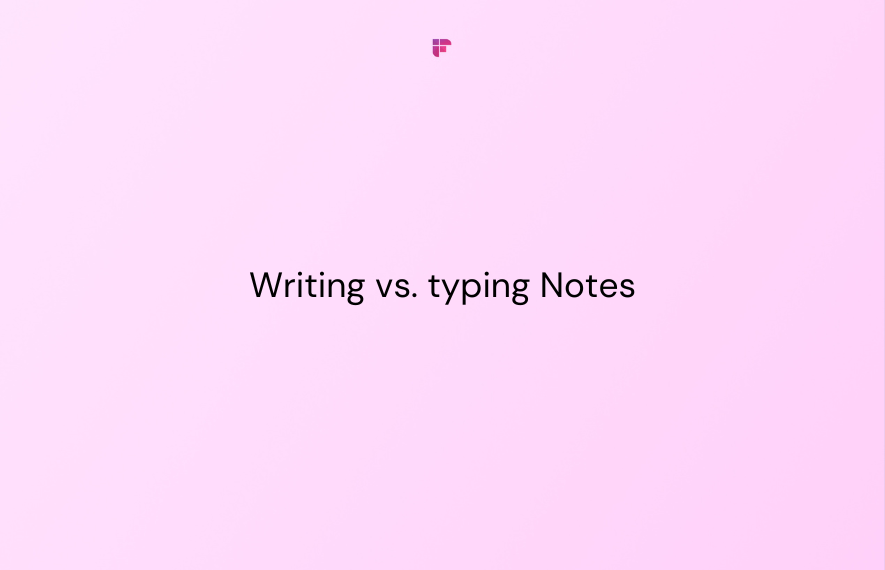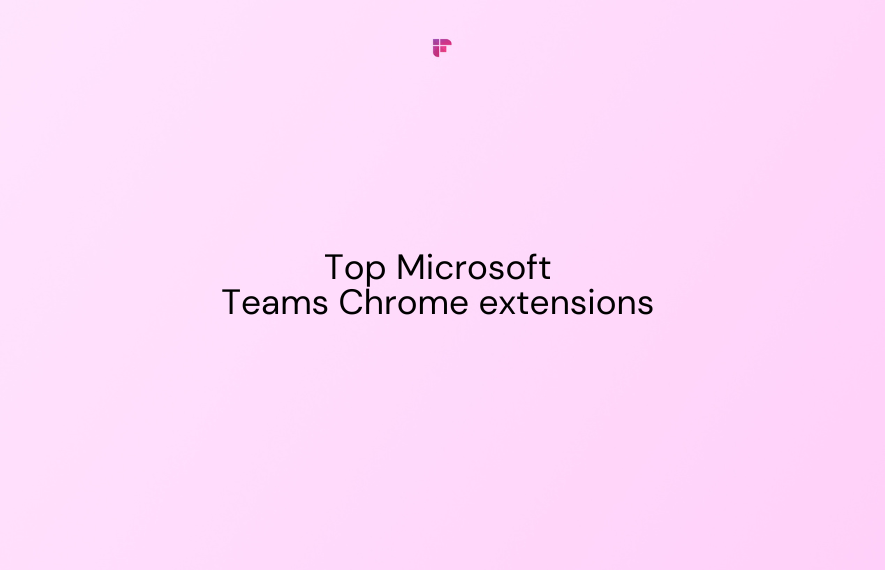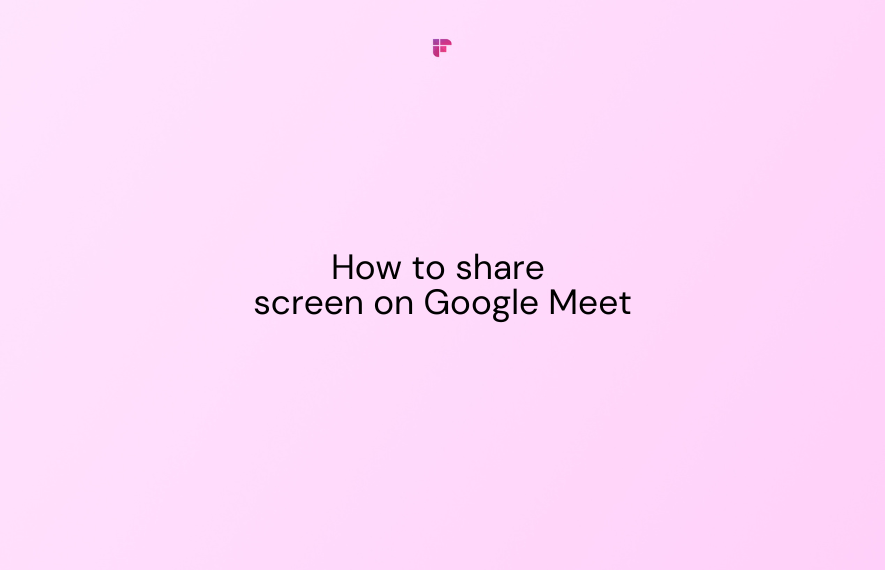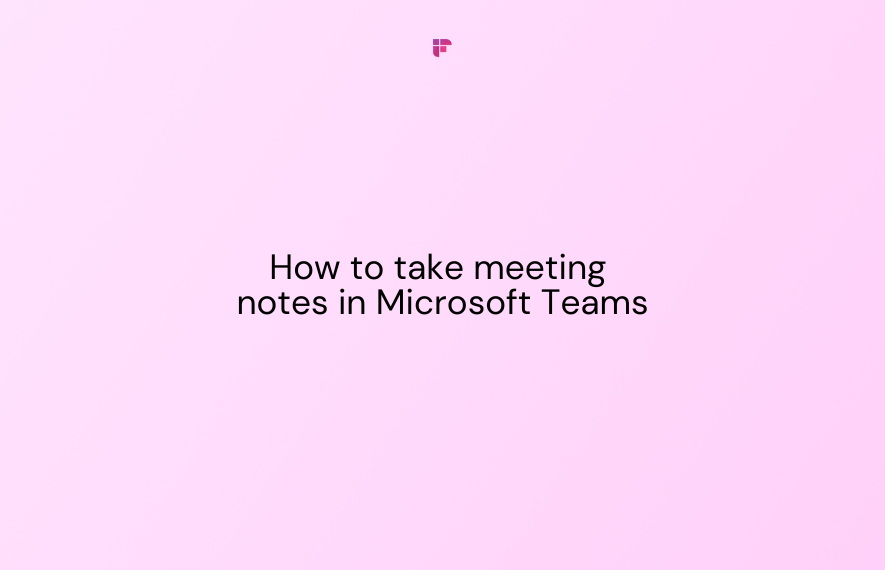Efficient note-taking is a critical skill for professionals across various fields.
Whether you're an IT manager attending a technical briefing, a data scientist analyzing research findings, or a healthcare administrator taking notes during a patient consultation, the ability to capture and retain key information is essential.
The age-old debate of writing vs. typing notes has persisted, with both methods boasting fervent advocates. But which approach truly reigns supreme when it comes to information recall and retention?
This blog post delves into the effectiveness of these two note-taking methods by exploring the research and the cognitive processes involved in writing vs. typing notes. We'll also provide practical tips for maximizing note-taking effectiveness, regardless of your chosen method.
How writing aids memory
Studies suggest that the act of handwriting offers cognitive benefits that enhance information recall. Writing longhand involves a deeper level of processing compared to typing. As the pen moves across the page, the brain actively engages with the information, encoding it through a combination of visual, kinesthetic, and motor processes. This multi-sensory integration strengthens memory pathways and fosters a deeper understanding of the material.
A study published in the journal Psychological Science (by Mueller and Oppenheimer, 2014) compared student performance on handwritten vs. typed notes. The results showed that students who took handwritten notes performed better on conceptual questions that required deeper understanding, while those who typed excelled at factual recall. This suggests that handwriting facilitates a more holistic grasp of the information.
The efficiency of typing notes
While longhand offers advantages in memory encoding, typing boasts undeniable benefits in terms of speed and efficiency. Professionals attending fast-paced meetings or lectures can use a keyboard to capture more information verbatim. This proves invaluable for capturing details and statistics that might be easily lost when writing by hand.
Additionally, digital notes offer superior organization and searchability. Keywords and tags can be readily applied, making it easier to locate specific pieces of information later. The ability to edit and revise notes seamlessly is another plus for those who iterate on their thoughts frequently.
The impact on memory encoding
Memory encoding is the process of transforming information from sensory input into a format that the brain can store and retrieve later. It's like converting data into a language your brain understands.
The key difference between handwriting and typing lies in the level of active processing involved. Handwriting inherently slows us down, forcing the brain to actively engage with the information as we condense and rephrase key points. This process strengthens memory encoding and promotes a deeper understanding of the material.
Typing, on the other hand, can be a more passive experience, especially for those with high typing speeds. The ease of capturing verbatim notes can lead to a tendency to transcribe everything without actively processing the information. This can result in detailed notes that are difficult to decipher later and hinder information recall.
Additionally, studies using functional magnetic resonance imaging (fMRI) have shown greater activation in brain regions associated with memory encoding during handwriting than typing.
💡 Ditch the notes; Let Fireflies captures your conversations!
Fireflies automatically records, transcribes, summarizes, and analyzes your online meetings.
Writing vs. typing notes
Handwriting
Pros:
- Promotes active processing and deeper understanding of the material
- Enhances information recall and retention through stronger memory encoding
- Encourages active listening and summarization
- Allows for visual cues and mind maps
- Less prone to distractions (no social media!)
Cons:
- Slower than typing
- Can be more tiring for extended periods
- Can be less legible
- Difficulty in revising or editing notes
Typing
Pros:
- Faster note-taking speed
- Easier to edit and revise notes
- Can integrate multimedia elements (images, audio)
- Ideal for capturing large amounts of information
- It may be more accessible for individuals with physical limitations that hinder handwriting
Cons:
- Can lead to passive note-taking and information overload
- Weaker memory encoding and recall
- Increased potential for distractions from notifications or multitasking
Optimizing your note-taking strategy
The ideal note-taking method depends on the situation and personal preferences. However, some strategies can improve the effectiveness of both handwriting and typing:
- Focus on active processing: Regardless of the method, actively engage with the information. Don't just copy everything verbatim. Summarize, paraphrase, and use keywords.
- Develop a note-taking system: Create a consistent structure for your notes, using headings, subheadings, bullets, and visual cues for organization.
- Review and revise: Regularly revisit your notes, highlight key points, and rewrite them in your own words to solidify your understanding.
- Incorporate technology: Even for handwritten notes, leverage technology. Scan your notes into digital formats for easy search and organization.
Fireflies: AI note-taker for meetings and conversations
Ever left a meeting feeling overwhelmed by information overload? Scrambling to decipher your hurried notes later, wishing you had a more efficient way to capture key points? Fireflies.ai offers a revolutionary solution: speech-to-text conversion that transcends the limitations of traditional note-taking.
Fireflies excels at transforming spoken words into written text with unmatched accuracy. Boasting over 90% accuracy and handling over 60 languages, Fireflies ensures you never miss a beat. But its brilliance extends far beyond mere transcription.
Imagine a world where meetings, virtual classes, and interviews are automatically documented. Fireflies acts as your personal, tireless note-taker and meeting assistant and even generates comprehensive summaries and helps pinpoint crucial insights.
Fireflies also integrates seamlessly with various communication platforms like Zoom and Google Meet, and even works with recorded conversations. This flexibility allows you to capture discussions effortlessly.
But Fireflies doesn't stop there. It offers several more features:
- Smart Search: Effortlessly revisit past conversations using Fireflies' powerful search. Filter by date, speaker, keywords, or even questions to pinpoint specific details.
- Topic trackers: Stay on top of key themes by adding and monitoring different topics and phrases. Fireflies automatically highlights relevant phrases or words, keeping you focused on what matters most.
- Conversation intelligence: Gain valuable insights beyond the words themselves. Analyze sentiment, your talk-to-listen ratio, and even silence duration to understand the meeting's undercurrents.
- Soundbites: Share key moments in a captivating way. Fireflies' Soundbites feature lets you create short audio clips from recordings, perfect for highlighting impactful moments or sharing insights in a more engaging format.
- Seamless integration: Fireflies seamlessly integrates with over 40 popular applications, ensuring your captured information flows effortlessly into your existing workflow. Streamline your processes and keep everything organized.
- AskFred: Leverage the power of GPT-4 with AskFred, Fireflies' built-in AI assistant. AskFred can answer questions based on your recordings and even generate draft emails summarizing the meeting, freeing up your valuable time.
- Notebook channels: Fireflies allows you to categorize meetings using Channels, creating a central repository of information. This searchable knowledge base gives your team easy access to past discussions and insights, fostering collaboration and ensuring everyone stays on the same page.
Finding your balance
The debate surrounding writing vs. typing notes isn't about picking a winner. Both methods have their merits and demerits. Ultimately, the best approach may be a hybrid one – leveraging typing speed to capture details and the processing power of handwriting to foster deeper understanding. You can boost information retention and maximize your learning potential by grasping the cognitive processes behind each method and using strong note-taking strategies.





